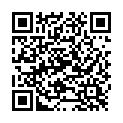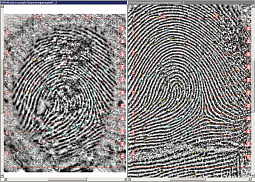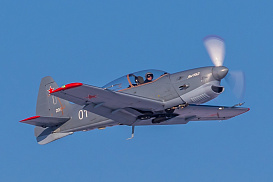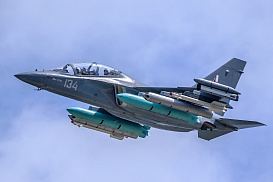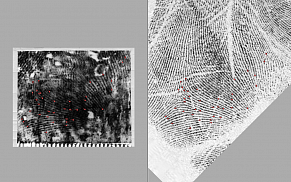in pdf format
Aircraft training aids (simulators) are designed for classroom and practical training of flight and maintenance personnel, as well as for improving tactical skills and aircrew cooperation in all instruction and combat training phases.
The main tasks practiced on training simulators:
- primary training and refreshment of piloting skills;
- emergency and hardware failure procedure training;
- solving navigational problems;
- flying in adverse weather conditions;
- training in using aerial weapons.
Depending on tasks at hand, the training aids are divided into:
- computer-based training (CBT) facilities for flight and maintenance personnel (classroom training);
- cockpit procedure trainers for honing skills required to operate aircraft systems and equipment;
- part task trainers (flight trainers, trainers for practicing the use of weapons against ground and air targets, etc);
- full flight simulators (crew training in normal and emergency situations in all flight phases).
Trainers provide a realistic simulation in all flight conditions and make it possible to imitate any real-world landscapes of the Earth's surface and objects on the basis of digital maps and aerial photography data.
The use of aircraft trainers reduces the accident rate, improves flight safety and increases the effectiveness of using planes and helicopters in combat missions.
In addition, the trainers save flying life, spare parts, fuel, ammunition and training costs.
Cockpit of a full flight simulator for Su-30-type aircraft
Cockpit of a flight trainer for Yak-130 aircraft
Typical trainer instructor station
Visualization system on a hemispherical screen
Motion system for a simulator cockpit
Interactive CBT versions
in pdf format


